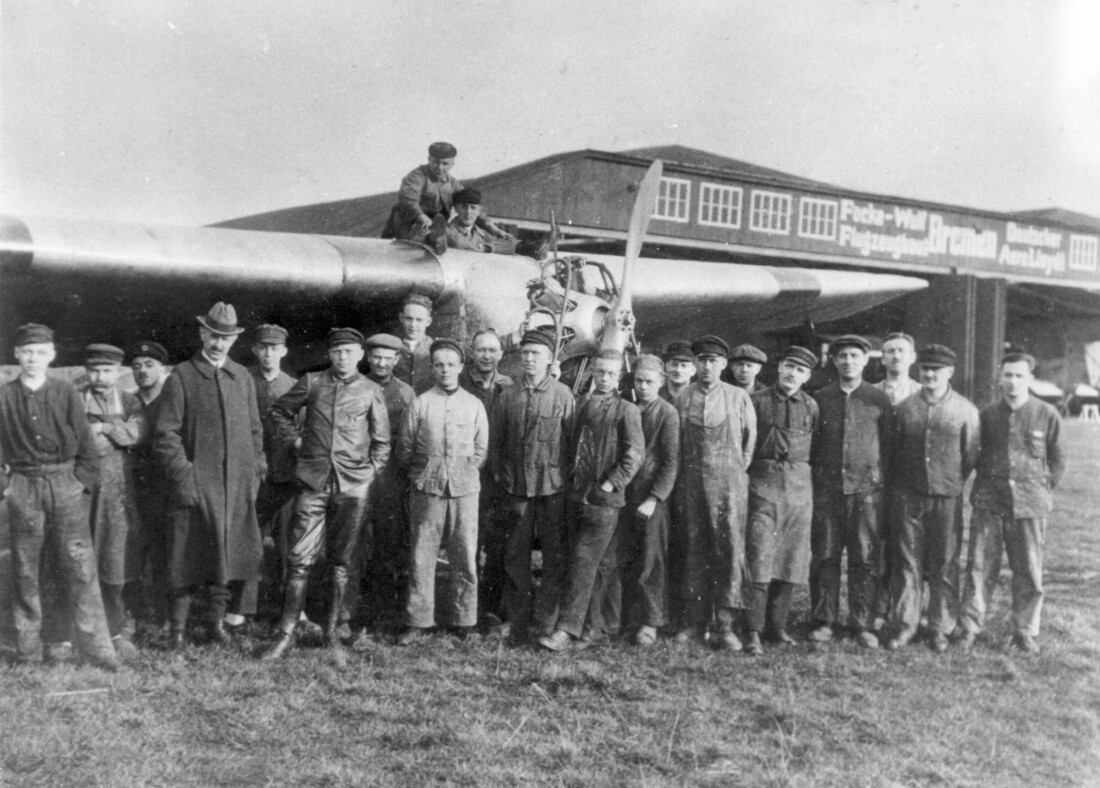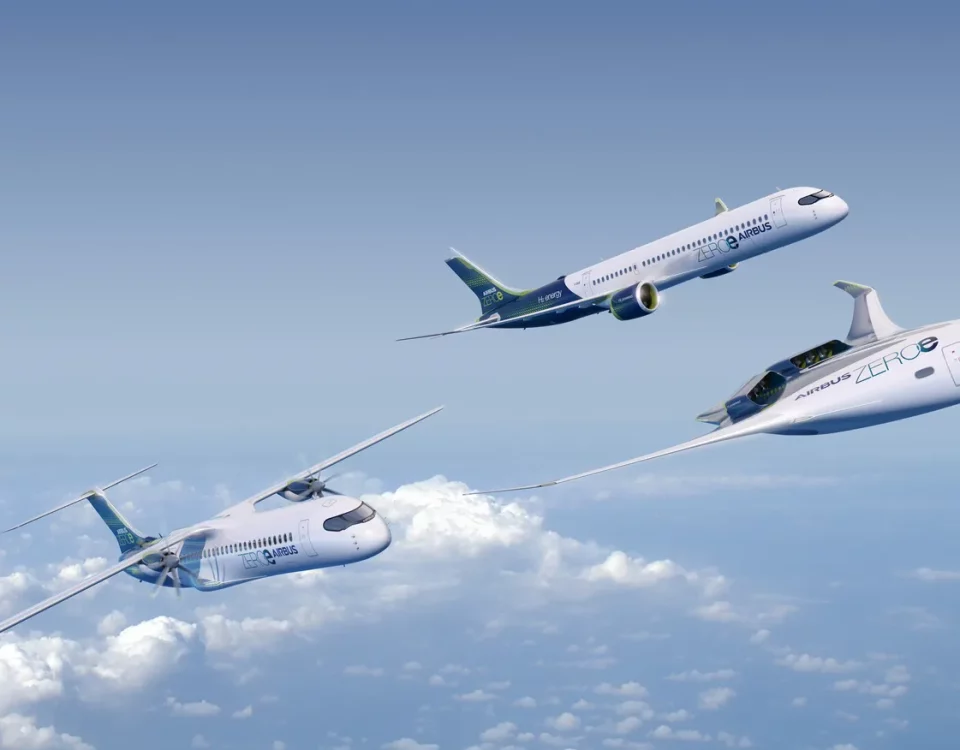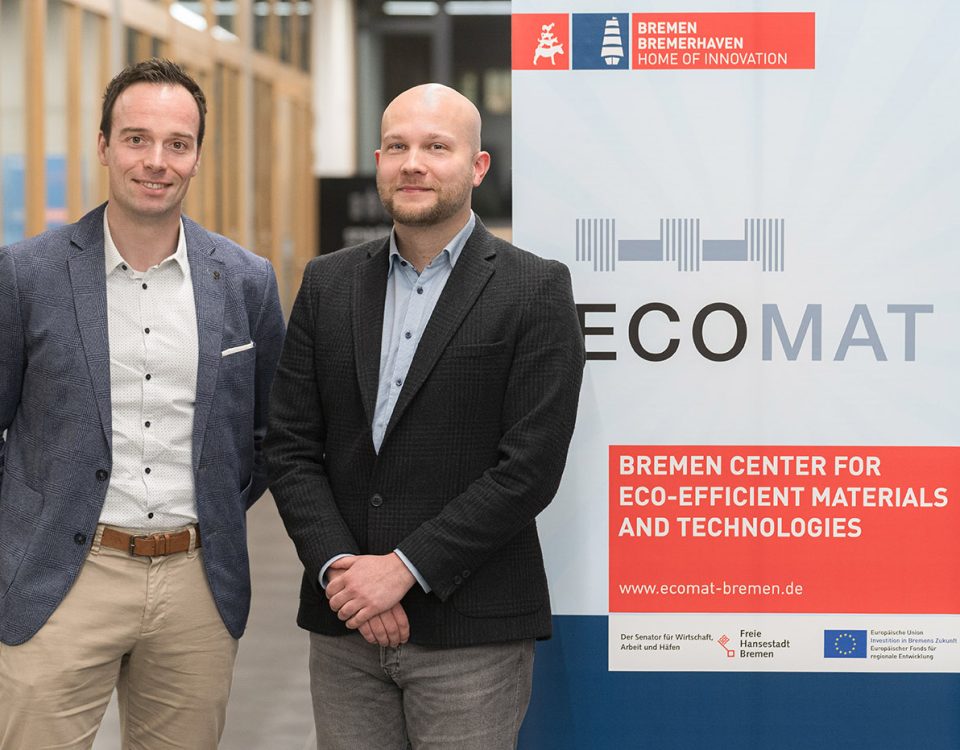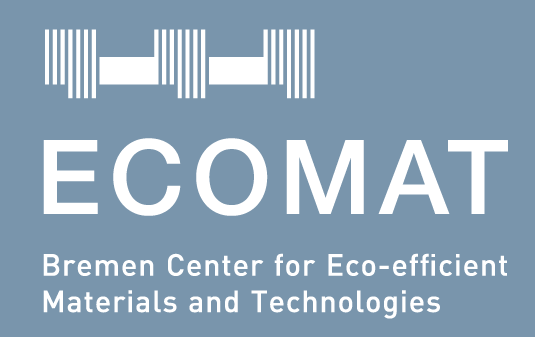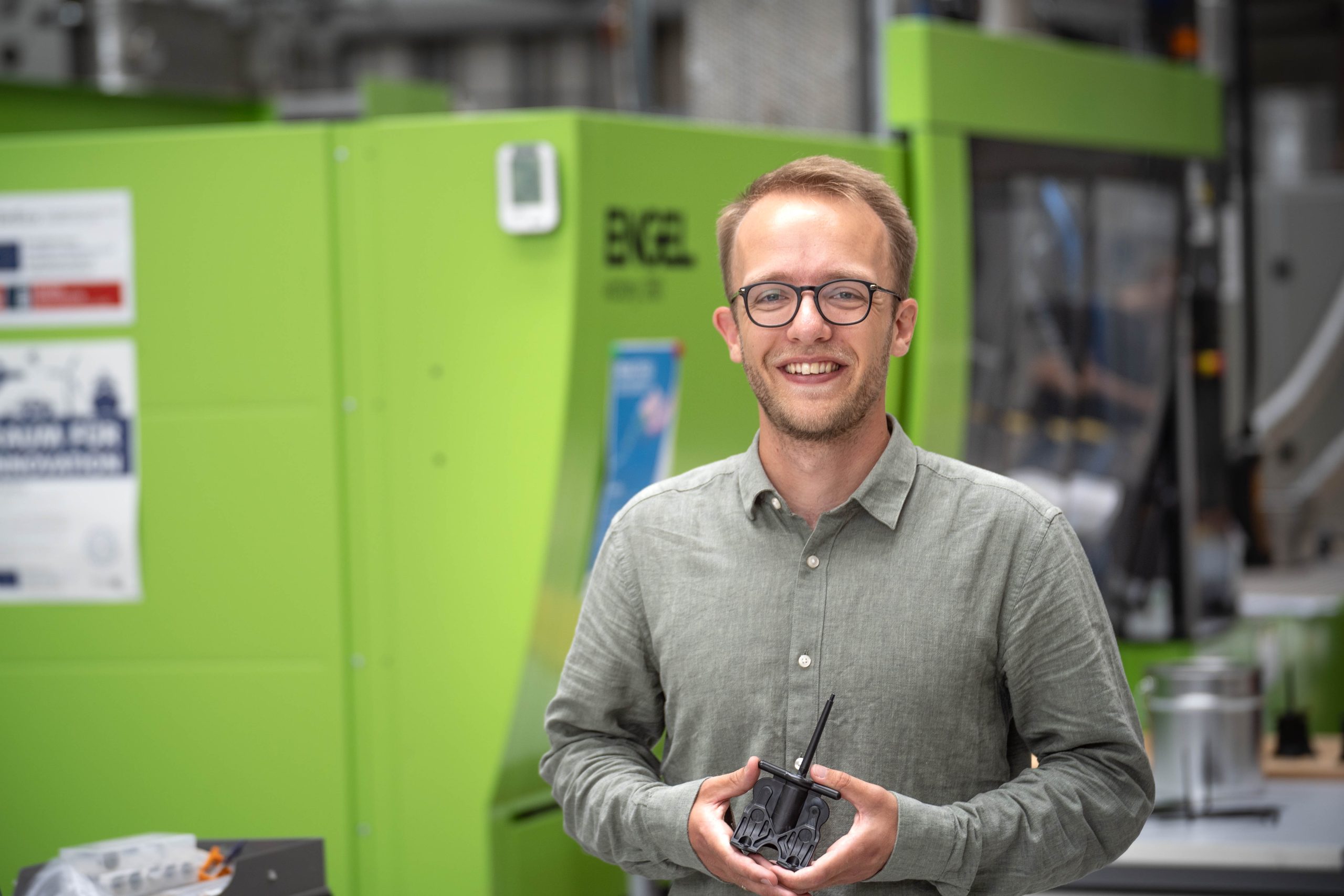
How sustainable plastics for the aircraft of tomorrow are being researched at ECOMAT

Michael Petrich, research associate at Faserinstitut Bremen (FIBRE).
Sustainable aviation: That also translates into environmentally friendly materials in aircraft construction. A joint project between Faserinstitut Bremen (FIBRE), Greenboats, and Airbus has now put two new materials for the aviation industry to the test – and the consortium is convinced by the results.
If you've ever been on a flight, you'll be familiar with the mostly white plastic panels in the aircraft cabin. Cabin walls, luggage compartments, doors and partitions; the uses for plastics in aviation are countless - right up to large structural components such as the fuselage or wings, which are manufactured using CFRP - carbon fiber reinforced plastics. Up to now, the materials have had to be lightweight and durable above all else. In the future, however, they should also be sustainable in order to boost sustainability in the aviation industry.
Not every sustainable plastic is suitable for aviation, however; in addition to weight, fire safety regulations are also an important selection factor. "In addition, the plastic must also be verifiably sustainable - what is the point of a material made from plants if their cultivation and processing consume more energy than conventional plastics? It is therefore important to assess the entire life cycle, i.e. to perform a life cycle assessment," says Michael Petrich, research associate at Faserinstitut Bremen (FIBRE).
In the "NaMat" (In German: Nachhaltige Materialien, translation: Sustainable Materials) project, he and a team of experts from aircraft manufacturer Airbus, Bremen-based natural fiber specialist Greenboats and Hochschule Bremen - City University of Applied Sciences tested two different plastics to determine their suitability for use by the aviation group Airbus. The components were not part of the aircraft structure, but would theoretically be used for fairings.
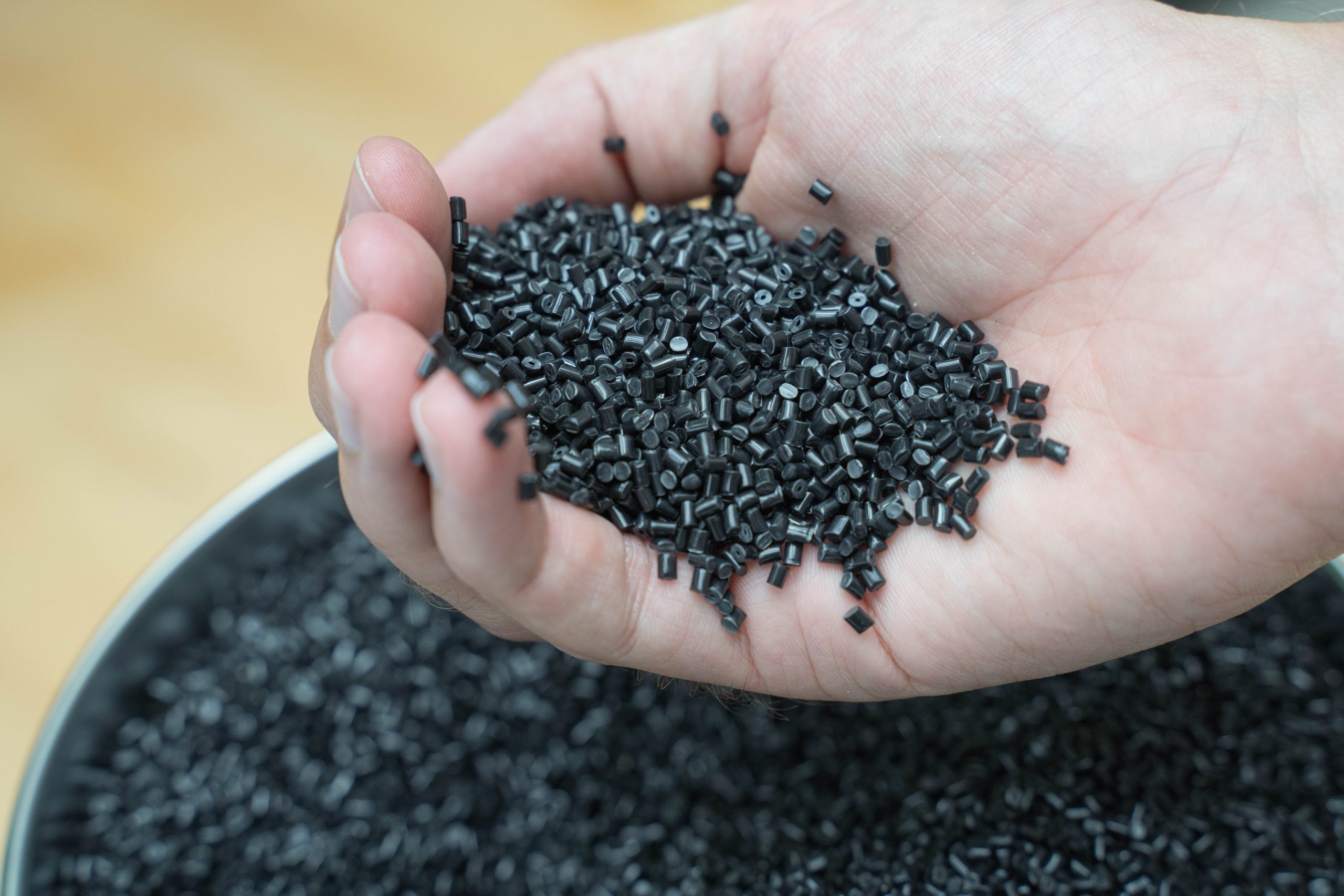
Plastic pellets as used in the injection moulding plant at ECOMAT, Image: ECOMAT/Raveling
Thermoplastic PA4.10: Recyclable and durable
Faserinstitut Bremen (FIBRE) focused on a thermoplastic (a plastic that can be molded under heat) called PA4.10. The plastic, branded "ECOPAXX," is derived from the castor plant and is an aviation-certified substitute for the widely used, petroleum-based polymer PA6.6.
In FIBRE's own injection molding facility at the Bremen research and technology center ECOMAT, FIBRE produced demo components, tested their properties and subjected them to several recycling cycles - it broke up the component and fed the plastic pellets back into the injection molding facility as raw material to produce new components. In total, the plastic underwent five recycling cycles.
"The results were very positive. Although there is thermal-mechanical damage from any recycling process as well as some outgassing of the fire retardant, the plastic still meets all requirements after five cycles," says Petrich. As a typical life cycle of an aircraft cabin component is between four and six years, the plastic could theoretically be used in aircraft for between 20 and 30 years. Afterwards, use in other industries with fewer requirements is possible.
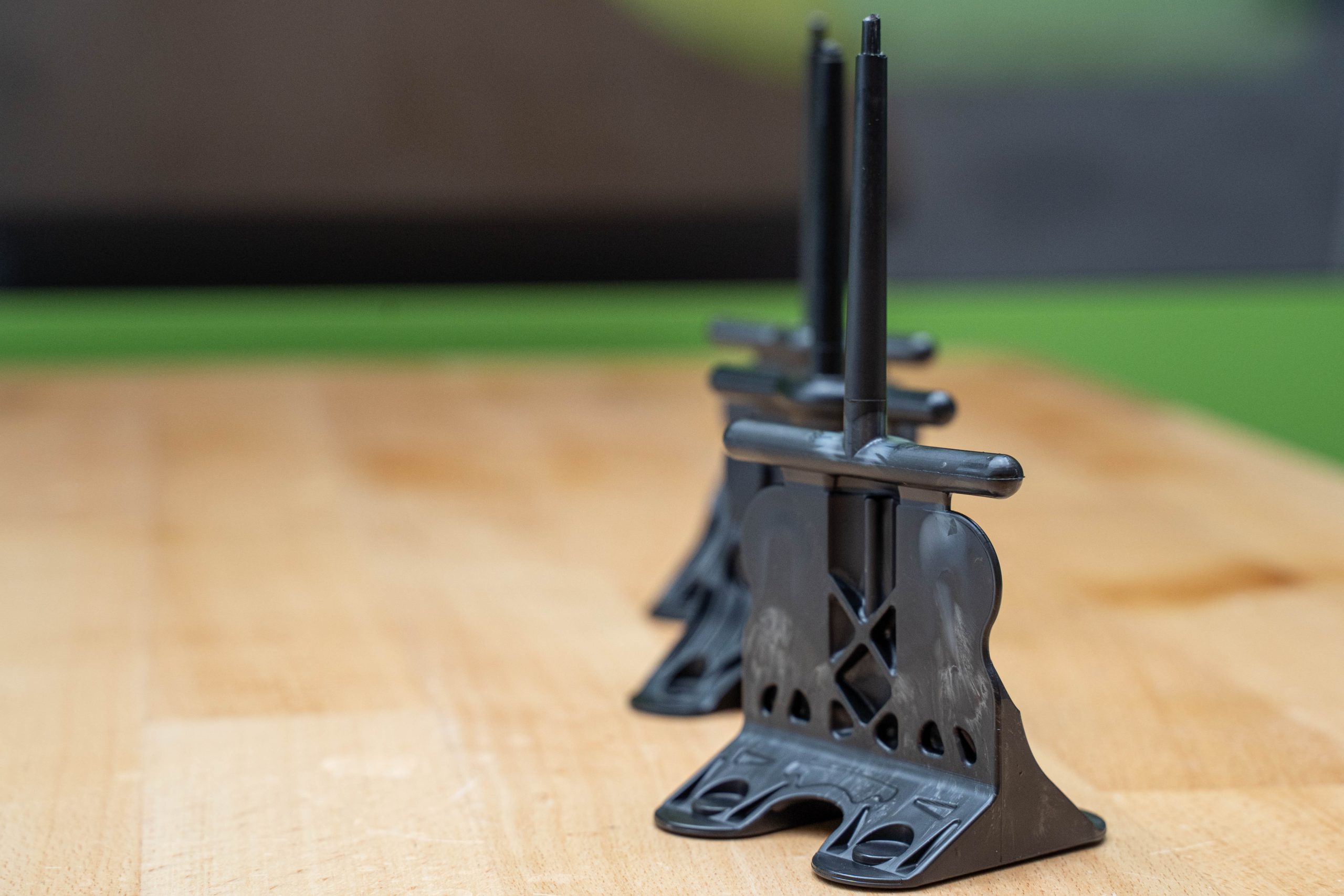
These test carriers were made from recycled plastic, Image: ECOMAT/Raveling
Thermoset made of furan resin and flax fibers
The natural fiber specialist Greenboats from Bremen focused on the second material in the research project: A thermoset (shape- and heat-resistant plastic) that is part of a multilayer sandwich material. The latter is composed of a lightweight paper honeycomb core and cover layers of flax fibers soaked in the thermoset furan resin. Furan resins are produced from plant waste that is generated anyway, such as bagasse (sugar cane fiber). Greenboats examined which manufacturing process produced the best properties for the thermoset and fabricated demo components measuring around 1 x 1.5 meters for an aircraft cabin lining. The result: " Bringing together layers already impregnated with the resins in advance, the so-called prepreg process, exhibits the best properties," says Paul Riesen of Greenboats.
ECOMAT brings know-how together
The project is thus also a prime example of the successful interdisciplinary work at the ECOMAT research and technology center in the state of Bremen. "It is a tremendous advantage that many of the partners involved are present here in the center. This way, you can quickly meet for a coffee to coordinate, the exchange is uncomplicated and fast. This is an important location advantage, because the aviation industry is under great pressure to innovate," says Petrich of FIBRE.
FIBRE specializes in high-performance composites, manufacturing technologies, fiber development, quality assurance, and materials development and characterization, and operates two sites in Bremen: In addition to ECOMAT, they also have one at the University of Bremen. In addition, Hochschule Bremen - City University of Applied Sciences was commissioned with life cycle assessment in the project.
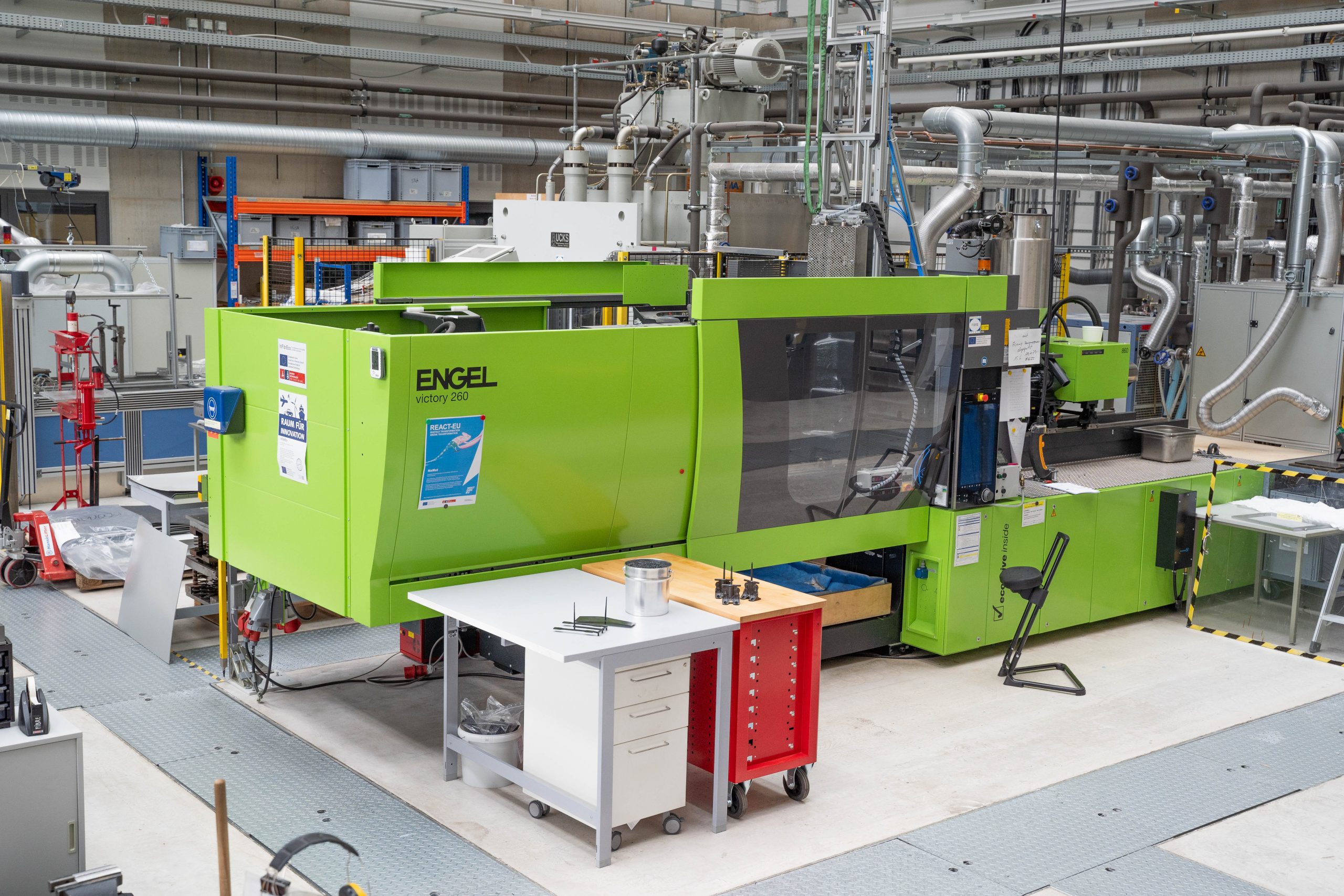
Injection moulding system of the FIBRE in the ECOMAT, Image: Raveling/ECOMAT
Further research on the horizon for industrial applicability
The "NaMat" project was funded by BAB Bremer Aufbau-Bank, the development bank for Bremen and Bremerhaven, as part of Bremen's aerospace research program and ended in the summer of 2023 - however, plastics expert Petrich sees potential for follow-up: "We would like to conduct further research into industrial applicability in follow-up projects or, for example, investigate how the integration of natural fibers into biobased thermoplastics performs."
For the 33-year-old scientist, who studied bionics in Bremen, among other things, it is a matter of concern to work on making aviation sustainable. In the project, he was motivated above all by the high technical level: "Greenboats comes from boatbuilding, they are absolute experts when it comes to working with natural fibers. So it was very exciting to see how their knowledge transfers to the aviation industry. I learned a lot because I actually come more from the field of thermoplastics."
Older News:
